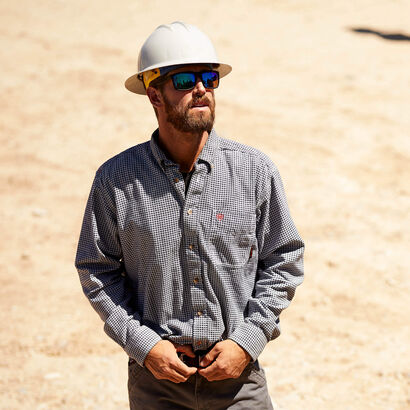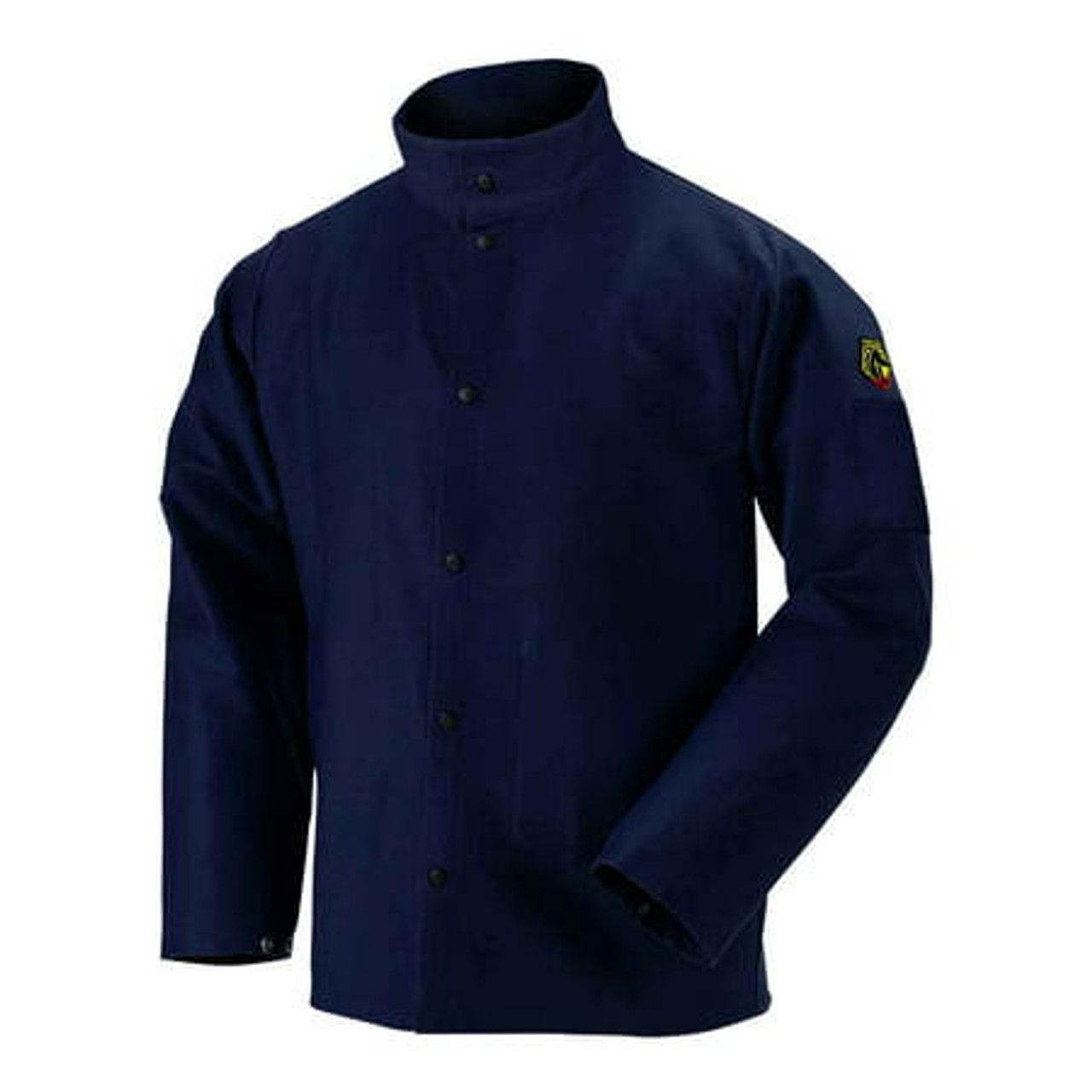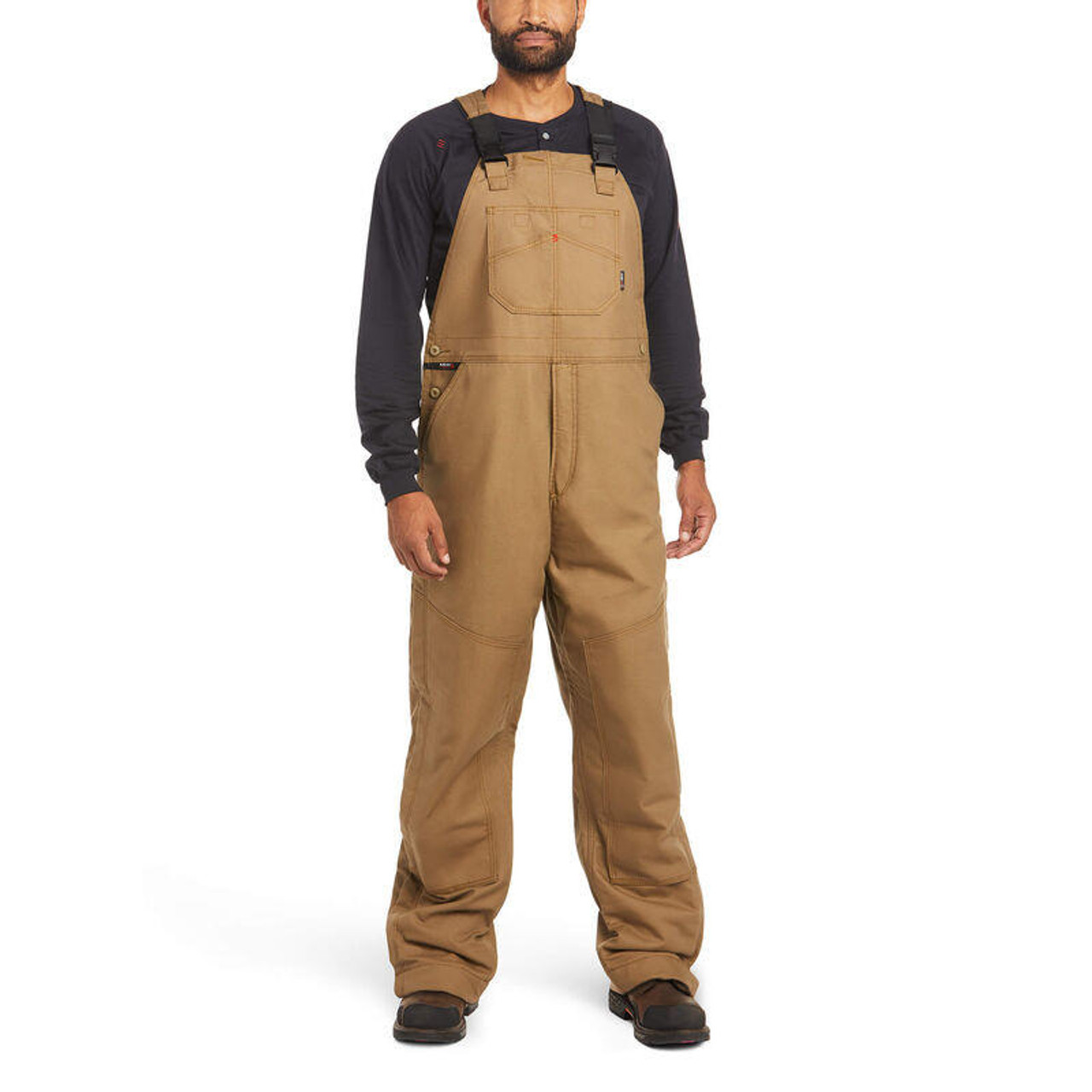Your Guide to Flame-Resistant Clothing
In many industries, fire hazards are a daily reality. Workers face potential hazards fire and electrical hazards making flame-resistant (FR) clothing a critical part of their safety gear. Designed to offer protection in high-risk environments, FR workwear is not just a requirement but a lifesaver. This guide will help you understand the importance of FR clothing, how it works, and what to consider when purchasing.
What Exactly Is Flame-Resistant Clothing?
FR rated clothing is specially engineered to protect workers from fire-related hazards. These garments are made from materials that resist ignition, and if they do catch fire, they are designed to self-extinguish, limiting the spread of flames. Unlike regular fabrics, FR rated clothing doesn’t melt onto the skin or continue to burn, offering wearers valuable seconds to escape from a dangerous situation.
An important note is that FR workwear isn’t completely fireproof—it’s flame-resistant. Its primary function is to reduce the severity of burns by insulating the body and preventing the spread of flames.
Why Is FR Clothing Necessary?
Anyone working in environments where there is a risk of fire or electrical exposure can benefit from FR clothing. Industries such as oil and gas, electrical work, chemical processing, and even food production often require workers to wear FR rated clothing to protect them from potential hazards.
Let’s look at a few key professions where FR workwear is essential:
- Electrical Linemen: These workers are exposed to arc flashes, which can cause severe burns. FR rated clothing designed to resist ignition and protect against the heat from an arc flash.
- Oil and Gas Workers: With the risk of flash fires, FR clothing is mandatory to protect against sudden bursts of flames.
- Chemical Plant Employees: Handling hazardous, flammable materials means constant exposure to potential fire hazards, making FR workwear a necessary protective measure.
In fact, OSHA mandates the use of FR rated clothing in many of these high-risk environments, helping to reduce workplace injuries and fatalities. Whether working with open flames or dealing with electrical circuits, FR clothes play a vital role in personal protection.

The Science Behind FR Clothing
Flame-resistant clothing is manufactured from specially treated fibers that resist ignition. Some garments are made from fabrics with inherent flame-resistant properties, while others are treated with chemicals to provide protection. Common materials used in FR workwear include:
- Nomex: A high-performance synthetic material that offers excellent flame resistance and is commonly used in industrial FR clothing.
- Kevlar: Known for its strength, Kevlar is often blended with other fibers to create durable, heat-resistant fabrics used in FR clothes.
- Modacrylic: A lightweight, flame-resistant fiber often blended with other materials to improve comfort and durability.
These materials are designed to prevent fire from spreading, reduce heat transfer to the skin, and minimize the risk of burns.
Benefits of Wearing FR Workwear
The most significant advantage of wearing FR rated clothing is its ability to protect workers from life-threatening burns. By self-extinguishing and limiting flame spread, FR workwear gives workers precious time to react in the event of a fire. Additionally, these garments protect against the heat generated during an electrical arc or flash fire, further reducing the risk of injury.
But the benefits don’t end there. FR clothes also help companies comply with safety regulations. Failure to provide adequate protective gear, such as FR rated clothing, can result in hefty fines from OSHA, not to mention the costs of workplace injuries. For businesses, investing in FR workwear means not only protecting employees but also reducing liability and maintaining compliance.
Choosing the Right FR Workwear
Selecting the right FR clothing can be tricky, especially with the wide range of products on the market. Here are some factors to consider:
- Compliance and Certification: Ensure that the FR clothes you’re purchasing meet industry-specific standards, such as NFPA 2112 for flash fire protection or NFPA 70E for electrical safety. These certifications guarantee that the FR workwear has passed rigorous testing for safety and reliability.
- Durability: Some FR clothes are made with chemical treatments that wear off over time and washing. In contrast, inherently flame-resistant fabrics maintain their protective qualities throughout the life of the garment. Look for FR workwear that holds up under harsh conditions and repeated laundering.
- Comfort and Fit: FR clothing should not only be protective but also comfortable enough for all-day wear. Modern FR rated clothing is designed to be breathable, lightweight, and flexible. A proper fit is essential—looser garments allow for better airflow, but they shouldn’t be so loose that they become a snagging hazard.
- Visibility and Additional Features: In some industries, workers also need high-visibility clothing to stay safe in low-light conditions. Some FR clothes come with reflective tape for better visibility. Other additional features to consider include reinforced knees or extra pockets for tools.
- Brand Trustworthiness: Not all FR workwear is created equal. Leading brands like Ariat, National Safety Apparel, and Revco/Black Stallion offer reliable and industry-compliant FR rated clothing designed to meet specific safety needs. Opt for brands with a strong reputation for quality and durability.
Myths About FR Clothing
There are several misconceptions surrounding FR clothing. One common myth is that regular cotton clothing offers adequate protection in hazardous environments. While cotton may not melt like synthetic fabrics, it’s highly flammable and doesn’t self-extinguish. Only FR clothes are specifically designed to prevent the spread of flames and minimize burn injuries.
Another misconception is that flame-retardant and flame-resistant mean the same thing. Flame-retardant fabrics are chemically treated to resist ignition, while flame-resistant fabrics have inherent properties that make them less likely to catch fire. Though both provide protection, inherently flame-resistant fabrics are often more durable and provide longer-lasting protection.
Caring for Your FR Clothes
To ensure the longevity and effectiveness of your FR workwear, proper care is crucial. Follow these tips to get the most out of your FR rated clothing:
- Always Read Care Labels: Follow the manufacturer’s instructions on how to wash, dry, and store your FR clothes. Avoid using bleach or fabric softeners, as these can break down flame-resistant properties.
- Regular Inspections: Over time, FR clothing can become damaged or lose its protective qualities. Check your FR workwear regularly for signs of wear, tear, or fading, and replace damaged garments as needed.
- Proper Storage: Store FR clothes in a cool, dry place away from chemicals or sunlight that could degrade their protective features.
Conclusion
In environments where fire and electrical hazards are a constant risk, FR clothing is essential for worker safety. From the oil fields to electrical grids, FR workwear plays a critical role in reducing injuries and fatalities. When selecting FR rated clothing, be sure to prioritize compliance, comfort, durability, and brand reputation.
By investing in high-quality FR workwear, workers can confidently do their jobs knowing they have a reliable layer of protection.
------------------------------------------------------------------------------------------------------------------------------------------------------------
Join our Save-ty Club for exclusive deals and safety news. Sign up here.
Share this article on social media and tag us for a special discount on your next purchase.
Let's spread the word on staying safe!
Disclaimer: The content provided on this website is for informational purposes only and is not intended to be a substitute for professional medical advice, diagnosis, or treatment. Always seek the advice of your physician or other qualified health provider with any questions you may have regarding a medical condition.
The information on this site should not be construed as establishing any safety standard or as providing directives for compliance with the Occupational Safety and Health Administration (OSHA) or any other health and safety regulatory agencies. Reliance on any information provided by this website is solely at your own risk. We do not accept any responsibility for any loss which may arise from reliance on information contained on this site.



